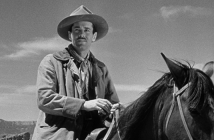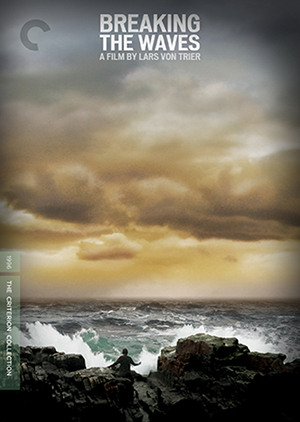
Cast: Amy Acker, Alexis Denisof, Clark Gregg
Director: Joss Whedon
Country: USA
Genre: Comedy | Romance
Official Trailer: Here
Editor’s Notes: Much Ado About Nothing will be released on Blu-ray/DVD October 8th. Special Features include: Much Ado About Making Nothing Featurette, Audio Commentary with screenwriter/director Joss Whedon, and “Sigh No More” music video.
Director Joss Whedon (Buffy the Vampire Slayer, The Cabin in the Woods) takes on the challenge of adapting one of the world’s most well known and loved playwrights William Shakespeare in feature film form. Given the many diverse styles of adaptation for the screen format, Much Ado about Nothing still finds a way to create a new evolution on the adaptation route. Using the original play script and language as the backbone of the film is common, but here it’s the focus of the feature. Everything revolves around the spoken word and instead of relying on a visualisation of the speech for the audience to comprehend the plotline and thematic content; the emphasis is placed on who is speaking and what they’re saying. This format is much in the style of the early performances of Shakespeare’s work at the Globe Theatre in London. With minimalist props and visual hints the audience is strongly encouraged to understand the power of the spoken word and a well trained actor’s influence.
Given the many diverse styles of adaptation for the screen format, Much Ado about Nothing still finds a way to create a new evolution on the adaptation route.

A key part in laying bare the original play script is in director Joss Whedon’s decision to film the production in black and white. More productions are being brought to the screen filmed in black and white, and contrary to popular belief that the artistic decision to use black and white photography is reserved for film and photography snobs. It’s overwhelmingly pleasing to see mainstream audiences of all ages enjoying films such as The Artist (2011) without a lack of colour being an issue. One good thing can lead to another, as the hope that audiences who enjoyed the style of The Artist will introduce themselves to the works of Charlie Chaplin and Buster Keaton without seeing black and white as outdated and irrelevant. One element that black and white film does bring to the palate is dating, though acknowledging or using this can benefit features greatly. For example A Field in England (2013) set in the English Civil War was filmed using black and white photography, which gives it a real history voyeurism edge that’s very unique to a period set narrative.
Whedon’s black and white filming decision to some extent has the same sort of dreamy old world quality. The main draw of black and white photography for me is the depth of field and quality of the image.
Whedon’s black and white filming decision to some extent has the same sort of dreamy old world quality. The main draw of black and white photography for me is the depth of field and quality of the image. Sharp and well defined lighting is made obvious by black and white and looks very well in terms of lighting contrasts. Mostly natural light is picked up beautifully by the camera, allowing for simple portraiture style close-ups of dialogue to stand out and bring focus on the actual dialogue itself. This harks back to a more theatrical presence for the actors onscreen and provokes a sense of nostalgia for the early Hollywood studio style and a mixture of stage theatre. Back to simple set pieces and a time when it was the actors’ performances that pulled the main focus. For Whedon this is a trait as most of the actors featured have worked with him as a director several times. Lead characters are played by Amy Acker who has worked with Whedon as far back as the TV series Angel (1999) and Alexis Denisof recently in The Avengers (2012). There is telling of actors working with Whedon retreating for breaks during filming to rehearse Shakespeare scripts and bond as a cast with the director. I’m sure this project has come to mind more than a few times, but come to form with this particular cast and play script.
Much Ado about Nothing is certainly a unique adaptation of one of the Bard’s most loved plays. It’s not just for the drama students and theatre fans because there is so much richness to offer in terms of style and charisma it’s hard to ignore its charming melodramatic ways. It will be a key piece in Whedon’s body of work and filmed in only twelve days inside his family home, makes it impressive stuff for forward thinking filmmaking.
[notification type=”star”]60/100 ~ OKAY. Much Ado about Nothing is certainly a unique adaptation of one of the Bard’s most loved plays. It’s not just for the drama students and theatre fans because there is so much richness to offer in terms of style and charisma it’s hard to ignore its charming melodramatic ways. [/notification]


